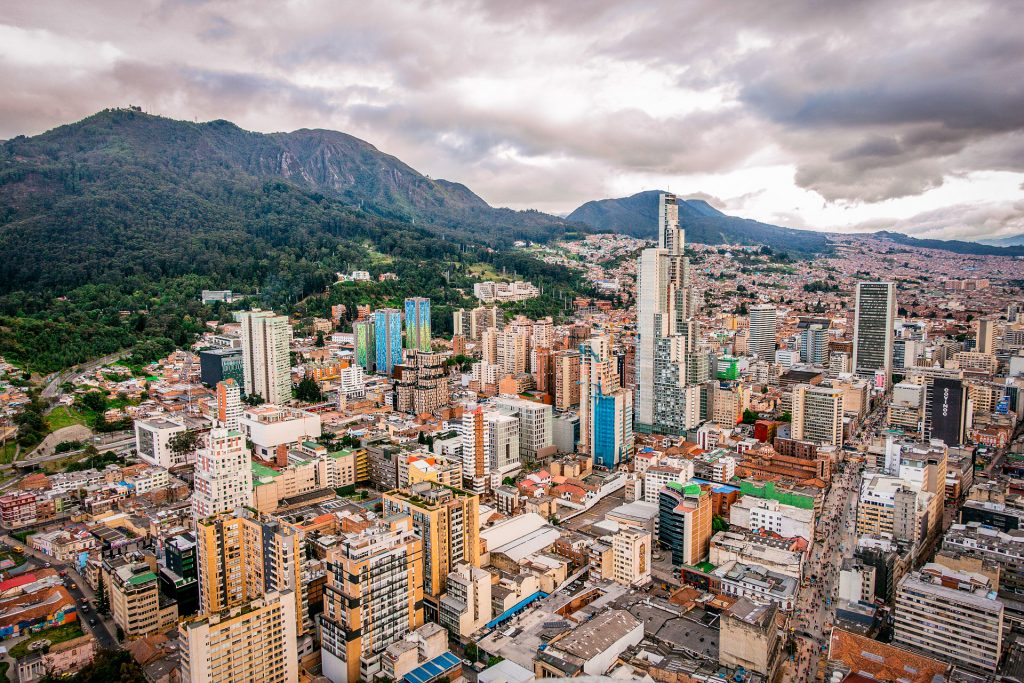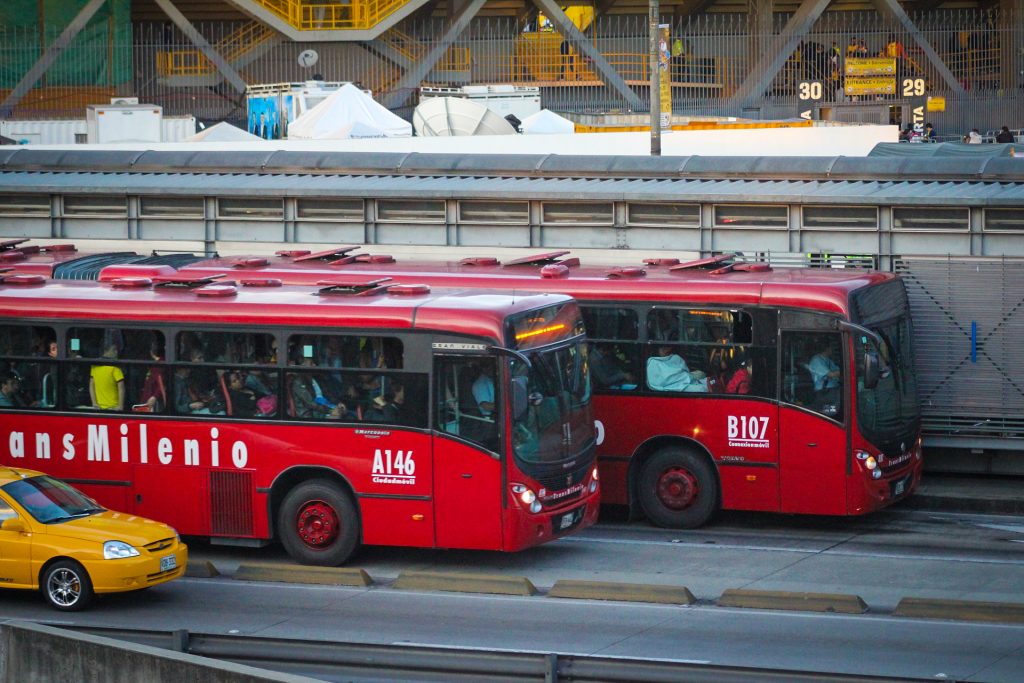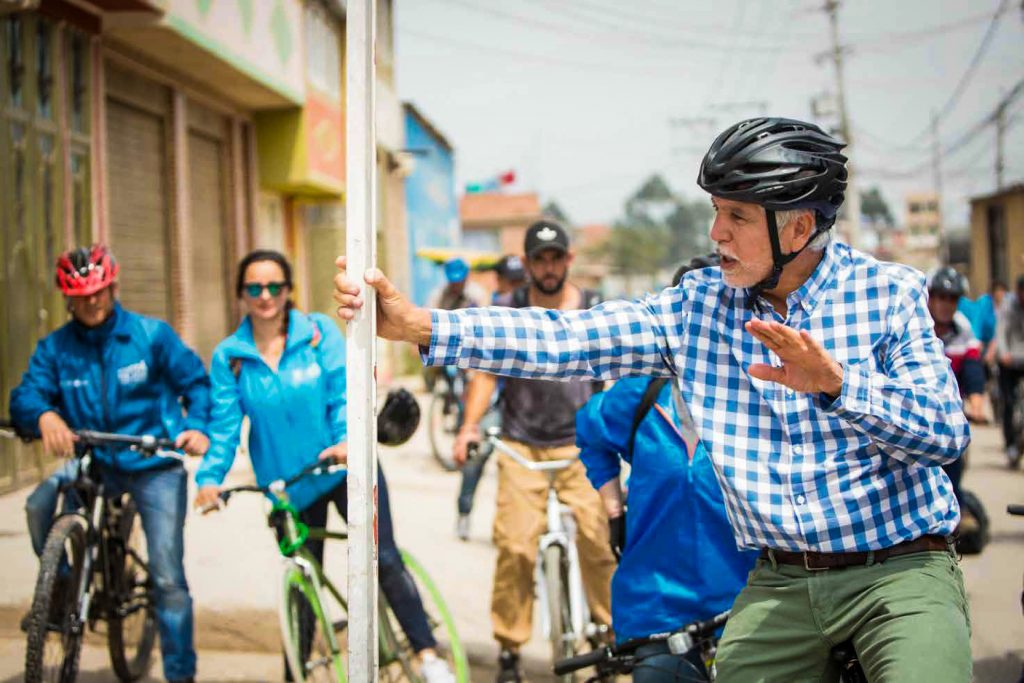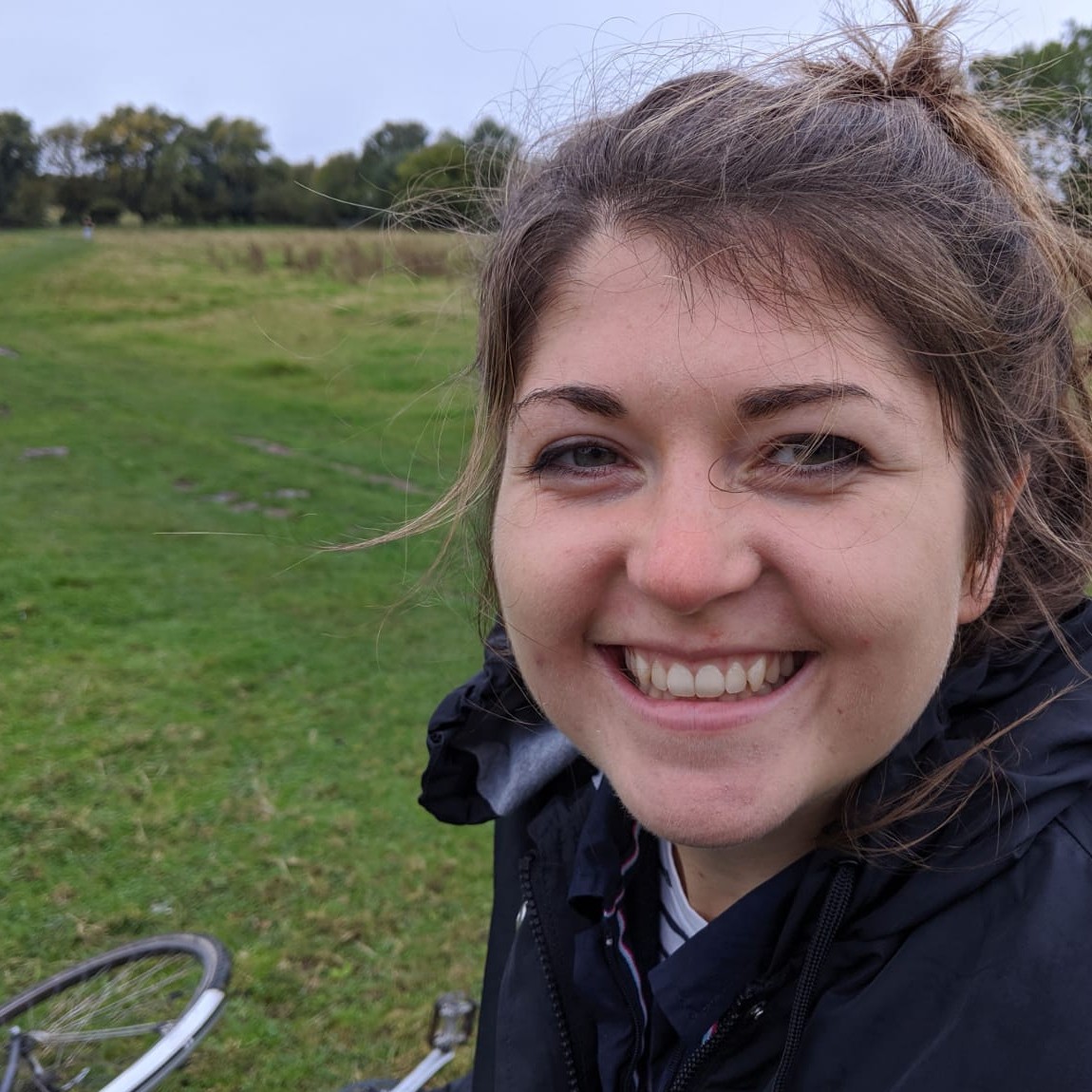Bogotá’s former mayor, Enrique Peñalosa, redrew the capital’s cityscape. Surviving two recall elections, he built hundreds of parks, bike tracks, bus lanes and sidewalks. For him, a bus stuck in traffic does not represent inefficiency – it represents inequality.
How Peñalosa Changed Bogotá
The sheer scale of construction and change that Enrique Peñalosa implemented in Bogotá is staggering. “I had a vision of what cities should be like,” he says. “I was focused like a dog that bites and doesn’t let go”.
During his first stint as Mayor in 1998-2001, he battled with the city’s elite to turn the Country Club of Bogotá into a public park and launched the now iconic TransMileno Rapid Bus Transit, which moves 2.3 million people a day along dedicated bus lanes.
Over 300km of protected bike lanes were created, sidewalks were widened, 1200 public parks were improved, and multiple public libraries, schools, hospitals and nurseries sprung up. Access to running water, sewage systems, and electricity increased, parallel to the Cartucho slum’s clearance. A referendum backed an annual car-free day, a licence lottery (Pico y Placa) allowed only certain cars to circulate and traffic deaths decreased by 50%.
Peñalosa’s second term was just as much of a whirlwind. TransMiCable Cars were built to reach Bogotá’s skirting hills, a Metro Rapid Transit Line was commissioned, leisure ‘happiness’ centres were constructed, and land was bought from the Van de Hammen reserve – the list goes on.
All of the concrete changes were pursued by Peñalosa because he has a cemented conviction of how cities should be. For him, city design is not just engineering: it defines human happiness, dignity, and equality. “An advanced city is not one where the poor own a car,” Peñalosa asserts, “but one where the rich use public transport.”

Can City Design Make Us Feel Equal?
“As a small child I had to think about issues of inequality,” says Peñalosa, “I used to get beaten by my classmates because my father was Head of the Agrarian Reform Institute which expropriated many of their family farms.”
After attending Duke University, “not because I was a good student but because I played soccer – which I didn’t do very well either”, Peñalosa moved to Paris, where he claims to have been poor but happy.
“When I was in Paris, the rich and poor met as equals. The apartment owner and the doorman shared a sidewalk or park as equals” he says. “In developing countries, this does not happen. The rich live in gated communities, go to country clubs, take their cars.”
Peñalosa argues the exclusivity of green spaces, sidewalks or road space for wealthy members entrenches a feeling of inferiority and fosters unhappiness. “If we are all equal, a bus with 200 passengers should have 200 times more road space than the Mercedes with one passenger. A public park should exist instead of a private golf course.”
When he became mayor, less than 10% of households in Bogotá owned cars, yet sidewalks were used as parking spots by those rich enough to own cars. “It was a symbol of inequality, a lack of respect for human dignity. It showed that the minority who could afford cars were more important than the majority who walked.”
By building separated bicycle lanes, expropriating private parks, and protecting sidewalks with bollards, Peñalosa aimed to share space more compassionately. By devoting a lane to TransMileno buses only, priority was given to the number of passengers, not their wealth. “Since the market economy needs inequality of income to work,” says Peñalosa, “the question is what kind of equality can we have – and that’s where cities come in.”

He argues that the need for equal cities is becoming increasingly important. “Sixty years ago, social life took place inside the home: today we spend more waking time outside our homes than inside,” Peñalosa says. “When we design a city, we design a way of life.”
Peñalosa stresses that developing countries, where cities are still growing, need to act now to secure parks, pedestrianised streets, and walkways, before it is too late. “A good city is not only crucial for equality and happiness, but also for economic development – it is a comparative advantage to attract and retain the brightest people.”
Advice to CityChangers
When asked what advice he had for other CityChangers considering entering politics, Peñalosa had this to say: “I cannot give advice as a politician, because I am a very bad politician.”
During his first term his approval rating plumped to 17% and he faced two recall elections midterm. At one point, his Director of Public Space even told him that “the people don’t want public space.”
What got him through was having a solid vision and committed people behind him. “We had a vision; we saw everything through a lens seeking inequality,” he says. “The more impossible it seemed, the more unified we were.”

He urges others to remember that power is a means not an end and that the focus should be on how to make society happier. “Of course, somethings you will be able to achieve – others not.”
Seventh street is one of the wealthiest areas in Bogotá; it was Peñalosa’s hope to put a TransMilenio bus route through it. “It was a beautiful project,” he says. “It would have forced the richest and most powerful in Colombia to choose between a two-hour car journey or 15-minute journey in the TransMilenio.” However, ultimately the strong political power opposing the project resulted in its collapse.
“It’s necessary to be liked, but you have to be very careful that you do not become so obsessed with it that you forget what it is you want for society,” concludes Peñalosa.
In a Nutshell…
Peñalosa wanted people to meet in Bogotá’s streets as equals. Regardless of popularity, he pursed his vision like a dog with a bone. After all his efforts, he ultimately ended his first term with the highest approval rating of any mayor in Bogotá’s history.



[…] Uma cidade avançada não é um lugar onde os pobres andam de carro, mas sim onde até os ricos usam o transporte público”, disse Enrique Peñalosa, ex-prefeito de Bogotá. […]
[…] Autos fortbewegen, sondern ein Ort, an dem auch die Reichen öffentliche Verkehrsmittel benutzen“ sagte Enrique Peñalosa, der ehemalige Bürgermeister von […]